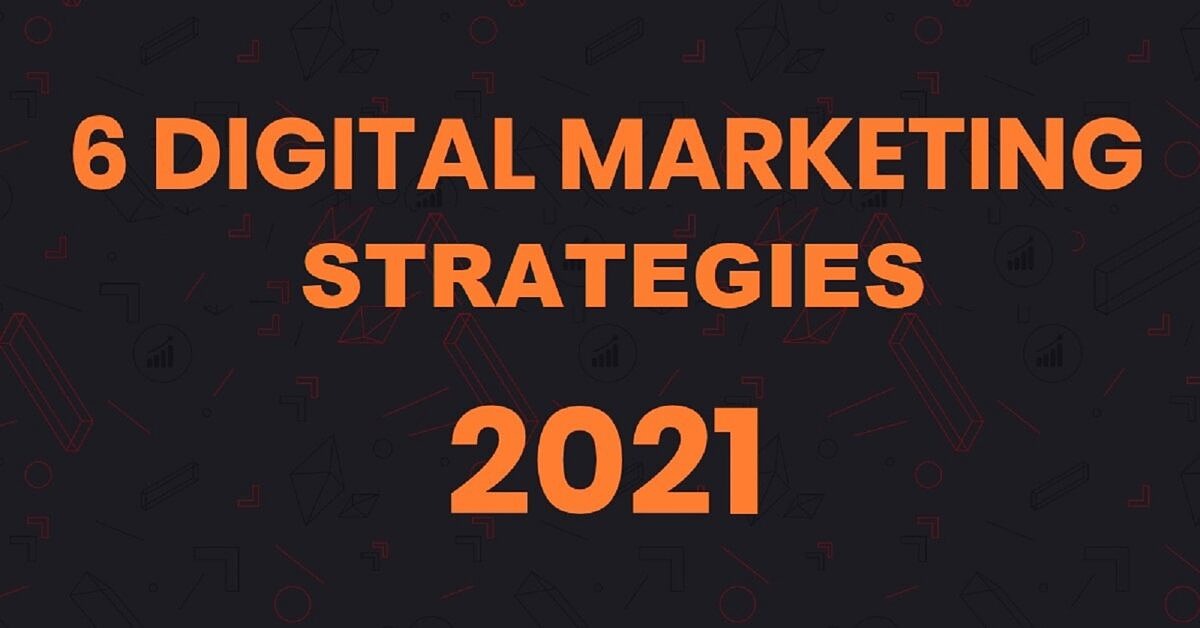DMEXCO marketing precap part 5: performance marketing trends of 2021
In part 5 of our 2021 marketing precap, Klickwunder’s Michel Ramanarivo ventures an outlook on the 6 performance marketing trends that will shape digital advertising in 2021. Technology, addressing, and format will be what it’s all about!

Advertising successfully in 2021: these 6 digital marketing trends will be key
2020 came with unexpected surprises for many of us. While the majority of companies could let their employees work from home, some industries had to significantly adapt or transform their business model. Digitalization was the catchword for particularly hard-hit industries, such as tourism, events, catering and hospitality.
By March 2020 at the latest, one-page websites and infrequent Facebook updates had been outrun by digitally present companies strengthening their position on the market during the pandemic. This sudden digitalization spurt not only benefited software providers like Zoom, but also advertisers. As consumers and customers changed their behavior, the marketing field also had to innovate to stay relevant. In my opinion, the following six trends will be vital to a successful marketing strategy in the new year.

Trend #1: Video – dominant on all channels
The format of video has been a part of every advanced advertising toolbox for many years now, and it will continue to shape advertising platforms in 2021. The COVID-19 pandemic has meant that more people are both staying at home and increasingly having to resort to digital solutions, such as video conferences, webinars, digital trade shows, and so on. Part 4 of our marketing precap, “Content marketing trends”, reveals more about the growing importance of live video content.
According to a study conducted by Cisco, online videos will make up 80 percent of the world’s Internet consumption by 2022. Even every marginally popular social media platform offers video advertising formats these days. The usual go-to channels of Facebook, Instagram, and YouTube have now been joined by TikTok, LinkedIn, Pinterest, Snapchat, and Twitch. If you fail to use or prioritize videos as a format in the coming year, you’ll lose customers!
Trend #2: Interactive content you can experience
As described above, videos as an advertising format enable you to quickly and effectively present your products and services to potential customers. Usually, when prospective customers are directed to a website after clicking on an ad, they are met with static content.
By turning this into interactive content, you can significantly improve your conversion rates. Examples of such interactive content include
- HubSpot’s Website Grader (https://website.grader.com/),
- Clinique’s Foundation Finder (https://www.clinique.com/foundation-finder), and
- IKEA’s interactive kitchen configurator (https://www.ikea.com/us/en/planner/configurable-room-kitchen/).
Trend #3: Focusing on Gen Z issues
Marketing for Generation Z will be paramount for companies in 2021 and beyond. Depending on what source you want to believe, this generation accounts for 2.4 billion people born between 1995 and 2010. Although they have had to put up with quite a few accusations in terms of their relationship with the Internet and social media, that is precisely where their strength lies.
Not only does Generation Z involve itself more intensively in the social challenges of the current times (for example, diversity, inclusion, gender neutrality, and climate change), it also favors brands that are transparent and take a clear stance. In an extensive survey conducted by Facebook among Gen Z:
Trend #4: The return of contextual advertising
Not long ago, contextual advertising was replaced by behavioral, cookie-based advertising. However, technological changes and new valuable target groups (e.g. Gen Z) have breathed new life into contextual advertising in the area of performance marketing.
Contextual advertising gives companies the opportunity to reach potential customers in the right digital environment. Who knows, maybe this trend will even provide the final, decisive impetus for the long-awaited success of programmatic TV advertising. Creativity is directly linked with contextual advertising and will massively influence the design and success of ads.
Trend #5: Automation – but for real this time!
The buzzword “automation” has been flying around for years now in the marketing world, but let’s be honest, how many of us have actually integrated automation into our marketing strategy? And no, run-of-the-mill CRM systems don’t count.
- Who uses Python to automatically analyze search terms via tokenization?
- Who implements Google Ads Data Transfer for the advanced analysis of campaign data in BigQuery?
- Or deep learning with TensorFlow to rank ads displayed to different target groups in order to identify the best creative piece for the relevant target group?
In this context, the subject group of a study conducted by the Society for Consumer Psychology (SCP) had to rate images and complete a personality test. Using machine learning, the distinctive qualities of the images were matched to the various personality traits to determine what kinds of images appeal more to certain personality types. Tools like KNIME or free courses provided by Codecademy are recommended for getting started on automation.
Trend #6: Cookie-free advertising
The online privacy of users is becoming more and more secure. Consent management, the GDPR, and the Privacy Shield (which is currently under review) are making it increasingly more difficult to place personalized advertising. At the macro level, non-personalized advertising is not in the interest of advertisers or consumers, because it leads to products or services being promoted that are irrelevant to the user at that point in time, thus resulting in a poorer conversion rate.
It’s hard to say what the future will look like in a world of cookieless tracking. What we do know, however, is that Google will be blocking third-party cookies in its Chrome browser starting in 2022 (Apple’s Safari browser already no longer supports them). With that in mind, 2021 will be the year for marketers to accept this new reality and prepare for it both strategically and technically. Part 3 of our marketing precap, “Data trends”, explains more about possible alternatives.





